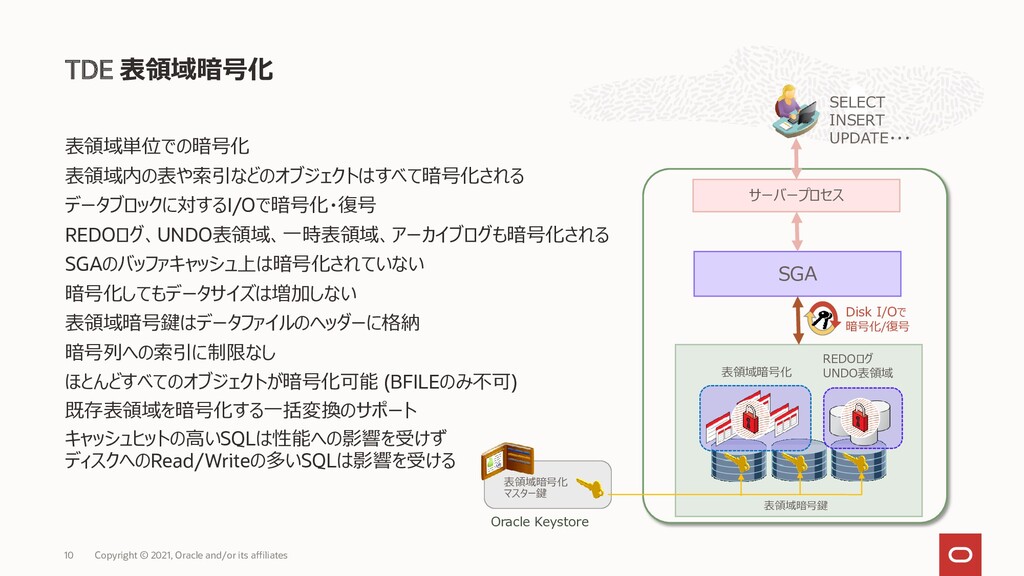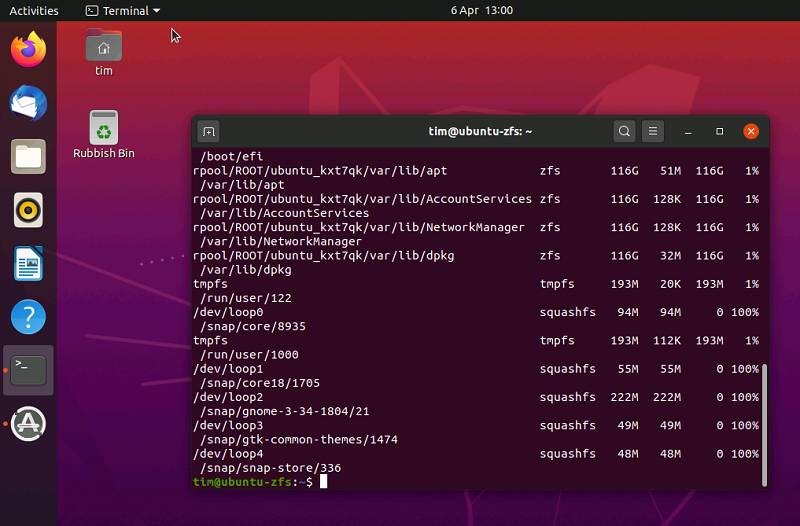

There are alternatives to using native ZFS encryption: Retrieve raw data from remote ZFS file system.Send a encrypted snapshot (raw data) to a remote ZFS file system.Create an encrypted dataset on the local server.The most secure solution is to implement client-side encryption before transferring data to the remote backup server.Ĭlient side encryption is implemented using ZFS native encryption at-rest. Whether you fully trust the remote location depends on a number of factors. However, to ensure data redundancy, the data should be replicated to a remote location. The personal data is stored on a local Network Attached Storage (NAS) server. Thus, ZFS can automatically correct errors if mirror or parity blocks are available.Īccess to the data should be restricted using access control mechanisms and encryption. To reduce risk of data loss it is recommended to mirror disks in a pool. The main goal of the backup solution is to maintain data availability, integrity and privacy. In addition, ZFS supports native encryption at-rest. An advanced file system which has three design goals: data integrity, pooled storage, and performance.
#Openzfs native encryption how to
This blog post describes how to implement a redundant and secure backup solution for personal data. Send encrypted snapshot to remote server.
#Openzfs native encryption cracker
However, aes-128-ccm is outside of the reach of even the most determined cracker past a certain level of determination, however, the weak point is your FS no longer, and you need to start thinking about, say, physical security. In conclusion, I believe that the encryption defaults are very secure if you feel the need for even higher security you can employ the slower aes-256-ccm algorithm. It is also apparent from several sources that careful consideration has been given to security issues and implementation details. Object the block is for and also when (its transaction) writtenĪnd that the deduplication algorithm is then mainly useful with clones. On further search, however, I found that the IV constantly variesīy default we derive the IV from a combination of what dataset / Which is exactly what should not be done with a stream cipher, as AES in CCM mode boils down to. But with the blocks being encrypted with AES, this has either a vanishingly small probability of being true (2 -128 for the default aes-128-ccm), and therefore the time spent in deduplication checks might as well be saved altogether, or it means that two identical files will encrypt to identical encrypted files, which is only possible if the initialization vector is reused.


Then, the data is decompressed, if required.Īs far as I understand, for the data to be deduplicated after encryption it should be the case that two files (or two blocks of data) are identical. When a file is read, the checksum is verified and the data is decrypted. Then, the data is deduplicated, if possible. Review the following considerations when using the ZFS compression,ĭeduplication, and encryption properties: When a file is written, the data is compressed, encrypted, and the checksum is verified. However, AES per se is not a guarantee, much depends on how it is implemented.Īnd there is this sentence in the documentation that makesmade me wonder: I'd say "very", since files are encrypted with AES in CCM mode (by default).


 0 kommentar(er)
0 kommentar(er)
